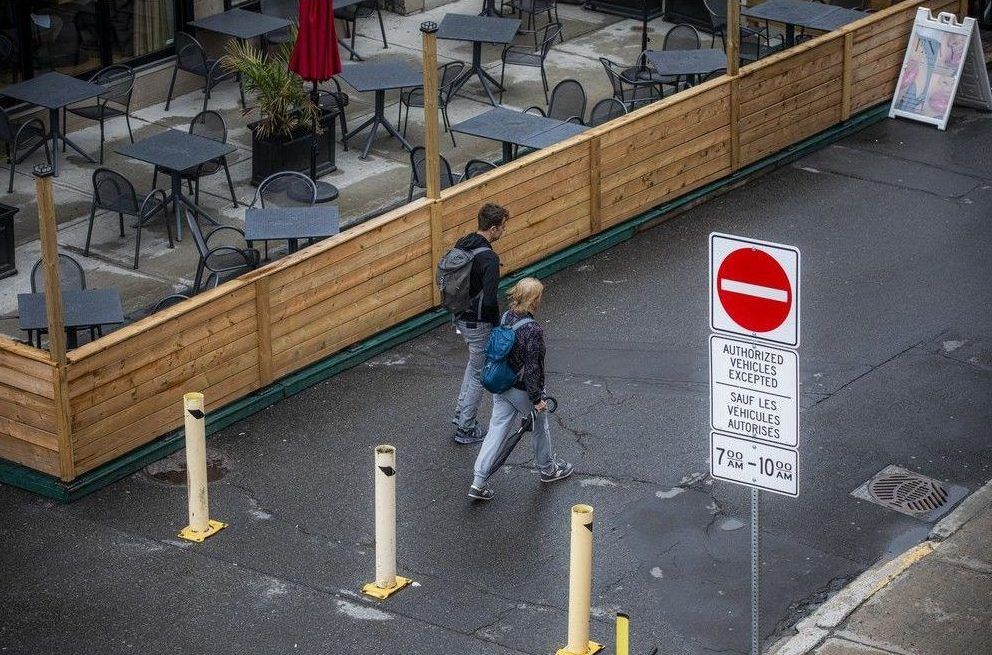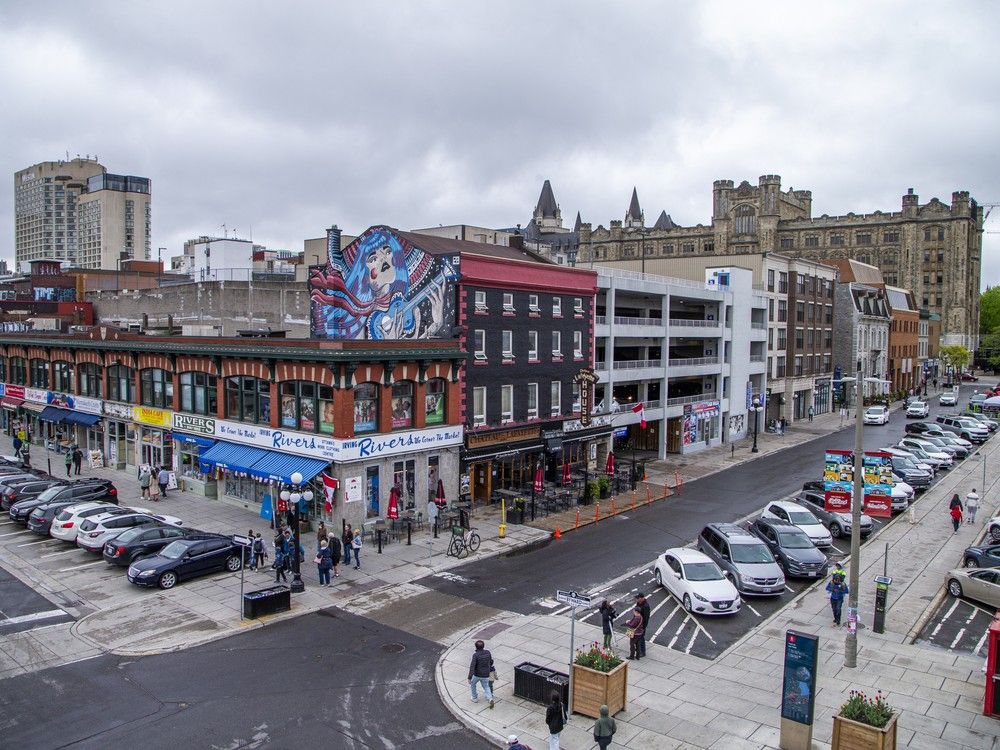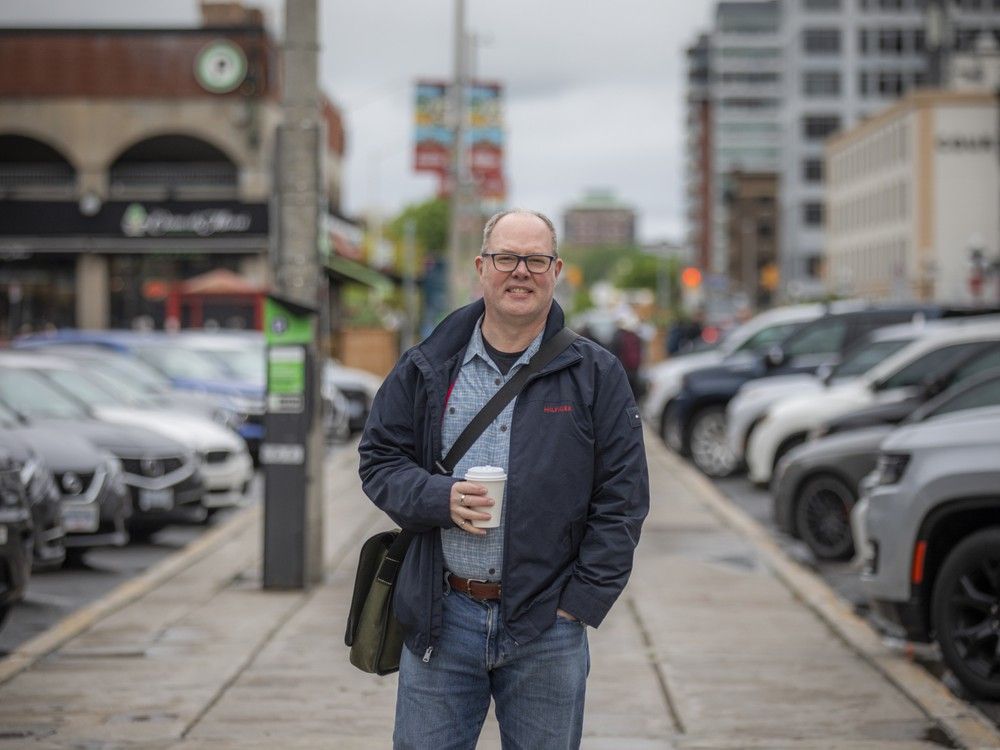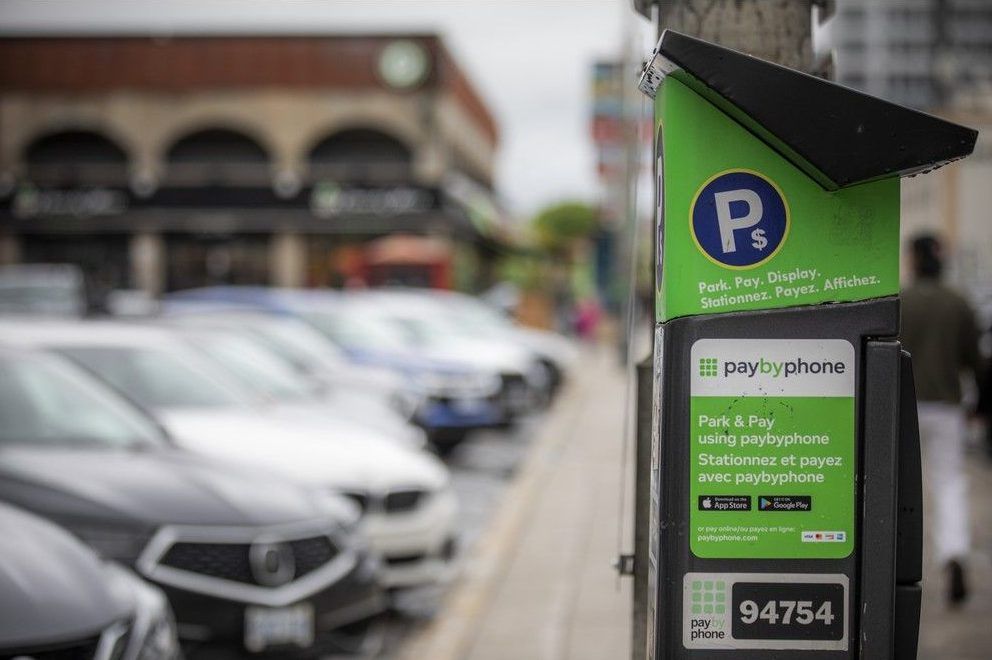A controversial proposal to extend evening parking rules in popular shopping districts in Ottawa has garnered mixed reactions from businesses and residents.
According to a report to the city’s public works and infrastructure committee, city staff recommended extending paid parking into the evening where parking demand is more than 80 per cent. Under this new plan, motorists will have to pay for parking until 9 p.m. on weekend and weekdays in the
ByWard Market
, King Edward Avenue and parts of Little Italy (Preston Street south of Highway 417 as well as on the immediately adjacent side streets) that meet the threshold.
Currently, on-street paid parking is in effect until 5:30 p.m. from Monday to Saturday and all day on Sunday in the ByWard Market.
“The purpose of paid parking is to encourage turnover, which has the effect of making more parking available at any given point in time. This has the potential for a number of benefits,” the report read.
“For example, visitors will have more choices and experience less frustration when trying to find parking at busier times. There will also be more available convenient parking for those with accessibility issues. More available parking will also lead to less ‘cruising’ for parking which reduces traffic and the resulting impacts.”

Dave Mangano, co-owner of Grand Pizzeria and Bar, said the city’s proposal is a big concern because free parking is important for business. The busiest time for restaurants, bars and retailers is 5:30 p.m. to 9:30 p.m. every day.
“Any time you eliminate parking from that from that time period, it’s going to be detrimental to business,” Mangano said.
“We have been working with the city over the last week to try and come up with a reasonable solution to this that that benefits everybody.”
He added the proposed changes will have a bigger impact on retailers than restaurants and grocers, which cater to a larger demographic. While Mangano appreciates bike lanes and pedestrianization efforts, he said there needs to be a balance.
“We are a car society, and we are realizing that we need parking. We need parking infrastructure that benefits the businesses,” he said.
“I’m not sure what that balance would be, but we’re working towards finding one, at least, that allows the smaller businesses to be prosperous.”
The Lowertown Community Association also opposed the proposal, saying the move will exacerbate traffic congestion on narrow neighbourhood side streets and make it more dangerous for pedestrians in these neighbourhoods. Residents on King Edward Avenue will also see their quality of life lowered as more trucks and cars pass through the area, it said.
The association is calling on the city to delay implementation until proper neighbourhood impact studies and engagement sessions with residents are done. It is also calling on the city to invest in public transit and accessible alternative transit to reduce traffic in the ByWard Market.
“City staff claim the goal is to improve turnover — but where is the evidence that evening parking availability is a problem? And more importantly, where is the consideration for the neighborhoods this policy will offload pressure onto?” the association’s statement read.
“The
health of the ByWard Market
cannot come at the expense of the livability of Lowertown. If we want a vibrant, walkable, accessible downtown, it must work for both visitors and the people who live here.”

Urban advocates applaud the move
Some urbanists in Ottawa are applauding the move, saying it will reduce congestion and increase walkability in the ByWard Market.
Toon Dreessen, an architect based in Ottawa
who specializes in public sector work, applauded the city for trying to make parking rules more cohesive in the ByWard Market, but said the city needs to do more to discourage people from storing their vehicles on public streets for free.
He said one way the city can do that is by dynamically charging for on-street parking 24 hours a day, seven days a week to encourage motorists to park in parking garages.
The city should also improve public transit and active transportation infrastructure so people from all over the city can come to the ByWard Market without having to drive, he said.
“We’ve spent billions of dollars on our LRT. It’s a 15-minute walk from the ByWard Market or less. We should be encouraging more people to use transit to come to the Market, and let’s make transit free on weekends,” Dreessen added.
Dreessen noted that the city should also consider developing 15-minute neighbourhoods in rural and suburban neighbourhoods. Fifteen-minute neighbourhoods are a concept in urban planning that aims to make essential daily needs — groceries, banking, medical appointments, etc. — accessible within a 15-minute bike ride, walk or transit ride from a person’s home.
“We should be thinking about what is the highest good, and the best use of the most people is making transit work better and not prioritizing free parking for a couple of stores,” he said.
“We should be thinking, on a policy level, about the type of city we want to be, and that’s the kind of design vision and design leadership that our city is missing.”

Marko Miljusevic of Strong Towns Ottawa
said it makes sense to put a price on a limited resource to encourage turnover, especially when free parking spaces are often “overused” on weekends and evenings.
He also noted that small business owners often overestimate the amount of business cars and on-street bring into shopping districts.
A 2015 study on Toronto’s Parkdale neighbourhood showed that 72 per cent of visitors arrived by active transportation (bicycle or walking). In comparison, 42 per cent of business owners in the area estimated that more than 25 per cent of their customers arrived by car.
A 2021 study of Berlin showed that business owners often overestimate how far away their shoppers lived. Over half of the shoppers surveyed by researchers lived less than one kilometre from shopping districts in the city centre. The study also showed most shoppers walked, biked or took public transportation — less than 10 per cent of shoppers surveyed said they drove to the district.
“I think (business owners) would probably be surprised if they started taking tallies of everyone coming in and how they got there,” Miljusevic said.
“I think they’d be probably surprised to find that very few people are driving in from Kanata to come shop at the Market on a regular basis. It’s probably going to be the locals that are walking in on a weekly or even maybe multiple times a week, to stop in and check on a store.”

Related
- Tulip fest to light up sky Sunday with fireworks/drone show
- Deachman: Gatineau park deserves some love, so please pass this bill



